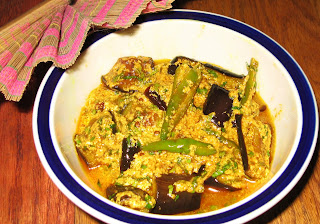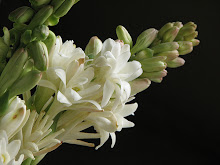India is country of 28 states and 7 UTs and I can bet that the variety of recipes and cuisines is hundred times the mentioned figures. It is said that in India "With every 10 miles the dialect changes" and so does the cuisines.
Being a land of varied demographics our cuisines are signatured by spices , herbs not to forget the immense variety of vegetables and fruits and pisces (thanks to our long coastline and perennial rivers). We love cooking feeding and eating. Being the land of "वसुधैव कुटुम्बकम " , the food and cuisine has been influenced by the Aryans, Arabs, Mughals, British and Portuguese apart from our own culture and traditions. Be it veg or non-veg, we can lay down 100s of recipes of a single item.
 I have stayed in many parts of my country and have devoured many regional recipes. My friends have treated me with the authentic recipes , delicacies and savories from their land. They are all "THE BEST". Every nook and corner of the country has something superb to offer on the pallet. So here's a sneak peak from my corner - a typical bengali kitchen.
I have stayed in many parts of my country and have devoured many regional recipes. My friends have treated me with the authentic recipes , delicacies and savories from their land. They are all "THE BEST". Every nook and corner of the country has something superb to offer on the pallet. So here's a sneak peak from my corner - a typical bengali kitchen.Speaking of Bongs, we have three main interests: reading, travelling and ofcourse eating(or rather cooking). During the era of GrandMas, the meals took all their time, labour and ingenuity, from dawn to dusk. With us, leaving our homes in the morning for work returning post sunset, things have changed, but we still love to lay courses on weekends and holidays. And mind you, bongs have strict rules for cooking, serving and eating. The courses cannot be swapped , they always arrive on your plate in the age old sequence. The meal can be a veg,non-veg combination or a purely-veg( may be on a Pooja day)...Bongs refrain using onion garlic for pure veg dishes.
Till date on occasions like Bdays, pooja days or when the Jamai (Son-in-Law) visits, Mas and GrandMas prepare all the courses:
We start with the
Teto(Bitter) . The teto can be Karela bhaja(fry) or Shukto(a curry of bitter guard with loads of other veggies ) or Neem begun Bhaja (tender neem leaves and very small cut brinjals fried).
Then should come the shaak (Saag). Can be anything from palak to methi to mulo (mooli ka saag) to laal shaak. Another rule : teto or shaak will be eaten only with rice not with roti , etc.
Then comes the Daal (lentils). It can be Chholar daal(bengal gram), masoor() daal , bhaja moong daal(the moong is first roasted) or Arhar daal. Beware again: the daal may taste a bit sweet , but we love it this way. The daal has to be served with some Bhaja(fried brinjal or potato or fish) or a ghonto . Now a ghonto is preparation of any finely chopped vegetable with some specified spices(we call it panchphoron). This is always a dry recipe. It can be badhacopi(cabbage) ghonto or moolo(mooli) ghonto or mocha(the flower of banana tree) ghonto or any other ghonto.
For a veg meal , this would definitely be followed by a daalna. A daalna is a recipe of any veggie this time cooked in a thick gravy with a hint of garam masala and ghee. Its usually a potol (parwal) or cauliflower or paneer.
Now comes the non veg part, the mutton or the fish or both. And the number of fish recipes can be more than one. We have a Machher Jhaal(hot fish curry), or Jhol(the gravy in this case is thin and not so hot) or simply the Bhape(Steamed in banana leaf).
Then walks out the chaatni(chutney) or Tok. The chaatni is the sweeter sister of north Indian chutney and usually made of tomatoes,raisins, raw papaya, pineapple, grapes, olives in combination or single. A tok is a thinner version usually made of tamarind or raw mango.
The meal finally culminates with the infamous dessert mishti doi.
Yes there always remains a tini mini place in the tummy for the paan to take care of all the hogging done..
Now ready for the siesta after the fiesta!!!


